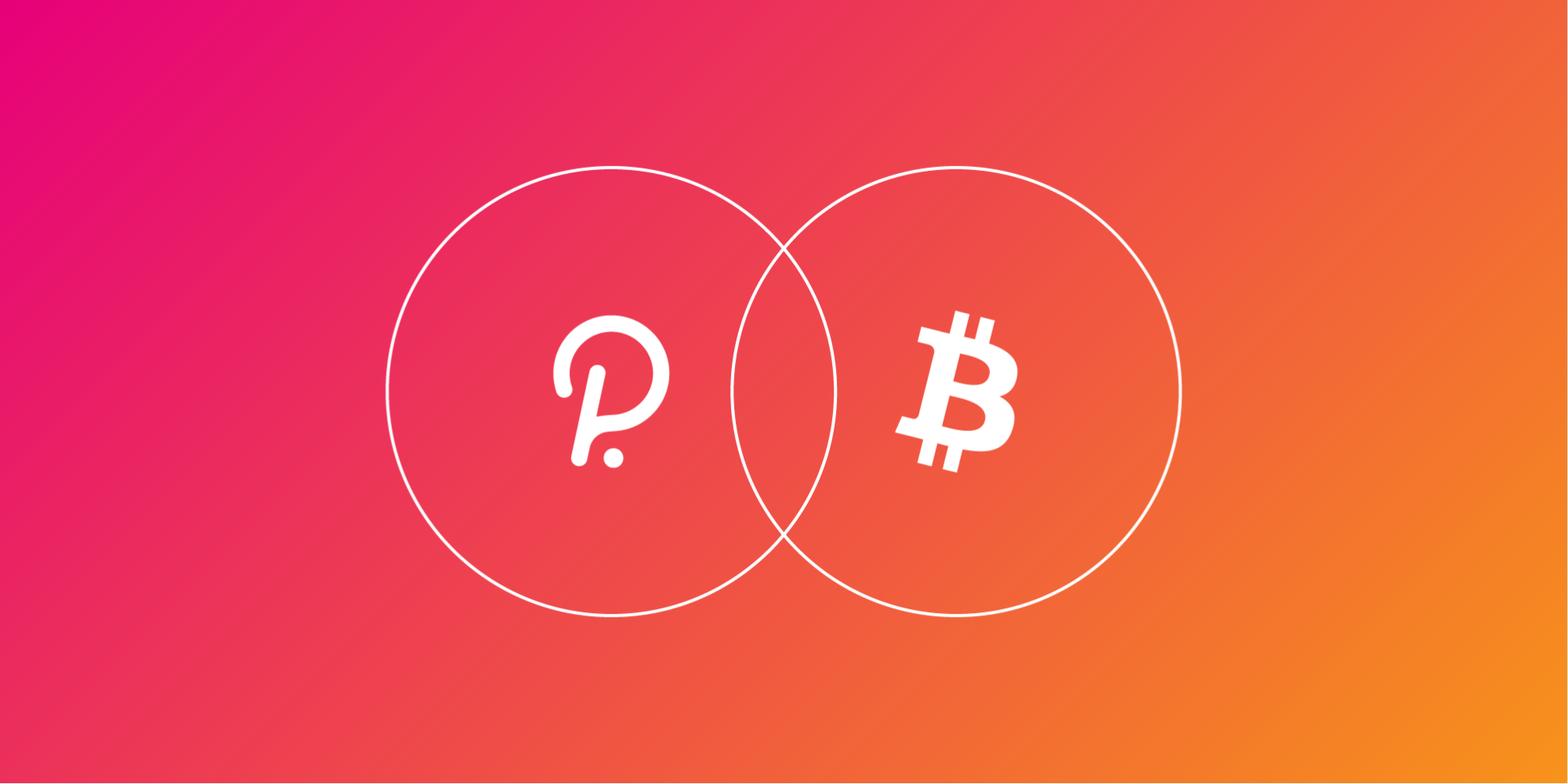
Kusama y Polkadot ahora premian a los curadores que ayudan a escalar las funciones de los consejos: ¡Únete a la fuerza que mueve a la comunidad hacia adelante!
Kusama y Polkadot ahora premian a los curadores que ayudan a escalar las funciones de los consejos: ¡Únete a la fuerza que mueve a la comunidad hacia adelante!

Polkadot Staking: An Update
Recently, changes occurred in relation to staking on Polkadot that caused some nominators not to receive their rewards. We are working on a permanent solution and suggest an immediate alternative here.

Escribiendo la historia: Los primeros equipos presentan su propuesta al Tesoro de Polkadot
Una buena opción de financiación es el Tesoro de Polkadot, que ya está apoyando una amplia gama de proyectos.

Bitcoin is Coming to Polkadot
In early 2021, Interlay will introduce Polkadot’s first trustless wrapped Bitcoin - PolkaBTC - an exciting step towards a truly interoperable ecosystem.

Hello World! de Polkadot: Forma parte del desafío
Polkadot y Kusama ahora en Gitcoin. Participa en Hello World! para ganar recompensas, mejorar tus habilidades y sumergirte en el ecosistema Polkadot.

Kusama And Polkadot Now Reward Curators Helping To Scale Councils Functions: Join The Force Moving the Community Forward!
The new Bounty Extension on Polkadot and Kusama allows curators to autonomously allocate Treasury funds to projects that bring value to the ecosystem.

Hello World! by Polkadot: Take the Challenge
DOT and KSM are now integrated on Gitcoin. To celebrate, we created Hello World! by Polkadot to bring you on a journey of Polkadot development discovery.

Obtaining a Parachain Slot on Polkadot
Parachains are specialized shards of Polkadot that give projects and their communities agency over their respective goals.

Una descripción general actualizada de Polkadot
Polkadot permite la escalabilidad y colaboración entre blockchains especializadas, transformando la arquitectura y gobernanza del ecosistema blockchain global.

Writing History: The First Teams Submit Their Proposal to the Polkadot Treasury
To make sure the teams building on Polkadot have all the support they need, it is paramount that they understand the funding alternatives available. One good funding option is the Polkadot Treasury, which is already supporting a wide range of projects.

Swisscom Blockchain to develop Kubernetes Operator for Kusama and Polkadot
Swisscom Blockchain AG has received a Wave 5 grant from Web3 Foundation to develop a Kubernetes Operator for sentry nodes and validators for both Kusama and Polkadot.

Kusama & Polkadot: ¿En qué consisten? Similitudes y diferencias
Kusama y Polkadot son redes independientes y autónomas construidas sobre bases de código muy similares, pero Kusama tiene parámetros de gobernanza más rápidos y menores barreras de entrada. Mientras que Kusama es más ágil y rápido, Polkadot es más conservador, dando prioridad a la estabilidad y la fiabilidad, con procesos de gobernanza y actualización más lentos y metódicos. Kusama es excelente para la experimentación audaz y el despliegue en las primeras etapas. Polkadot está diseñado para la ejecución estable de aplicaciones de alto valor y aversión al riesgo.